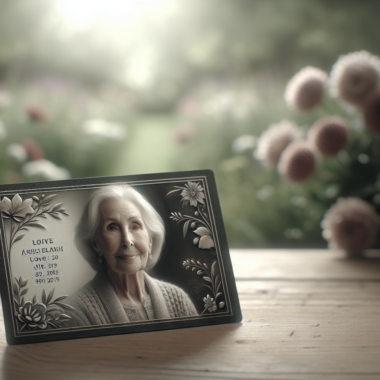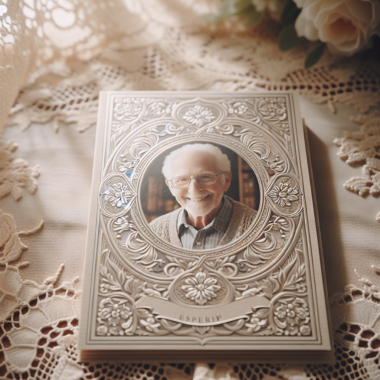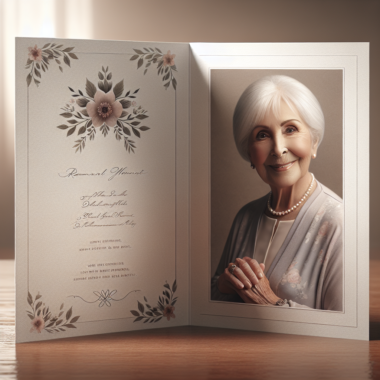The process of crafting a funeral program write-up presents a unique opportunity to honor and celebrate the life of a loved one who has passed away. It is a deeply personal and meaningful task that not only reflects the individuality of the departed but also provides comfort and solace to family and friends by commemorating their legacy. A well-thought-out funeral program serves as a tangible keepsake for attendees, offering them a chance to revisit cherished memories and pay their respects in a heartfelt manner.
When embarking on the creation of a funeral program, it is crucial to consider the elements that contribute to a comprehensive and touching narrative. These elements include the deceased’s biography, favorite quotes, poems, or scriptures that held significance in their life, as well as personal anecdotes shared by family members or friends. The goal is to create a narrative that resonates with the attendees, allowing them to feel connected to the life being celebrated.
Moreover, attention to personalization and expression is key. This can involve incorporating hobbies, achievements, or milestones that marked the deceased’s journey. Such details not only add depth to the program but also serve as a reminder of the impact they had on those around them. Remember, this write-up is a testament to a life well-lived, and every word should contribute to the overall tapestry of their story.
At DisciplePress, LLC, we understand the importance of creating a touching and personalized funeral program. Let us help you in honoring your loved one with our specialized printing services. Order funeral & memorial prints today and ensure your tribute is as unique as the life it celebrates.
Importance of Personalization in Programs

Personalization is at the heart of creating a memorable and meaningful funeral program write-up. It allows family members and friends to reflect on the unique journey of the deceased, capturing the essence of their personality, achievements, and the impact they had on those around them. A personalized program not only celebrates the life of the departed but also provides comfort and a sense of connection to those in attendance.
When personalizing a funeral program, consider including elements that were significant to the deceased. This might involve using their favorite colors, incorporating imagery or symbols that represent their passions or hobbies, and selecting quotes or scriptures that resonated with them. Such inclusions create a profound connection between the program and the life it represents, making the experience more intimate for attendees.
Additionally, personalization can extend to the language and tone of the write-up. Whether the deceased was known for their humor, kindness, or wisdom, capturing these qualities in the text can evoke fond memories and bring a sense of warmth to the occasion. Let the words you choose reflect their character and honor their legacy in a way that feels genuine and heartfelt.
Incorporating personal stories or anecdotes shared by family members and friends can further enrich the program. These narratives provide a glimpse into the unique experiences and relationships that shaped the deceased’s life, offering attendees a deeper understanding of their character and values. Through personalization, a funeral program becomes more than just a document; it transforms into a cherished keepsake that celebrates a life lovingly remembered.
Essential Elements for Meaningful Write-Up

Crafting a meaningful funeral program write-up involves careful consideration of several essential elements that together create a touching tribute. These elements ensure that the program not only informs but also resonates emotionally with those who gather to remember the deceased.
Begin with a **biographical section** that provides a concise overview of the deceased’s life. This should include their date of birth, significant milestones, education, career, and family. Highlighting their accomplishments and passions offers a well-rounded picture of their life’s journey.
An **obituary or life story** forms the core of the write-up. This part should be written with empathy and respect, capturing the essence of the person’s character and the legacy they leave behind. It often includes stories or anecdotes that showcase their uniqueness and the impact they had on others.
**Tributes and memories** from family, friends, and colleagues add a personal touch to the program. These can be quotes or short passages that express heartfelt sentiments and reflect on the relationships the deceased cherished. Such contributions provide a communal expression of love and remembrance.
Incorporating **favorite quotes, poems, or scriptures** can give the program a reflective quality. Choose words that were meaningful to the deceased or that offer comfort to the bereaved. This element adds depth and can evoke powerful emotions during the service.
Finally, don’t forget to include **service details** such as the date, time, and location of the funeral service, along with any special instructions or acknowledgments. This ensures that attendees are well-informed and can participate fully in the celebration of life.
Guidelines for Writing with Compassion

Writing a funeral program write-up with compassion requires sensitivity and an understanding of the emotions involved. It is both a responsibility and a privilege to convey the essence of a loved one’s life in words that comfort and honor.
Begin by putting yourself in the shoes of the grieving family and friends. Consider what they would want to highlight and remember about the deceased. This empathy-driven approach ensures that the write-up is both respectful and heartfelt.
**Tone and language** are crucial elements. Use a gentle and respectful tone, avoiding overly formal or casual language. Words should resonate with warmth and sincerity, reflecting the unique personality of the individual being commemorated.
Avoid clichés and generic phrases. Instead, focus on **personal anecdotes** and specific details that illustrate the individual’s character and passions. These stories not only make the write-up more engaging but also provide a glimpse into the life of the deceased that standard phrases cannot convey.
**Accuracy** is essential. Verify all facts with family members to ensure the information is correct. This includes names, dates, and any other biographical details. Errors, even minor ones, can detract from the sincerity of the tribute and may be distressing to loved ones.
Finally, be mindful of **cultural and religious sensitivities**. Different traditions have varying expectations for funeral services, and it is important to respect these when composing the write-up. This attentiveness not only honors the deceased but also supports the grieving family’s traditions and beliefs.
Tips for Creating an Engaging Narrative

Creating an engaging narrative for a funeral program write-up is an art that requires thoughtful reflection and skillful storytelling. The goal is to weave a narrative that not only captures the essence of the departed but also resonates with those who read it.
Start by outlining the **key milestones** of the deceased’s life. Highlight significant events such as their childhood, education, career achievements, and personal milestones. This provides a structured foundation for the narrative, ensuring that it flows logically and coherently.
Incorporate **personal stories and anecdotes** that reflect the individual’s personality and values. These stories breathe life into the narrative, transforming it from a mere chronology into a vibrant portrayal of the person’s life journey. Whether it’s a humorous story that showcases their wit or a touching memory that highlights their kindness, these elements make the narrative relatable and heartfelt.
Utilize **descriptive language** to evoke emotions and create vivid imagery. Instead of stating that the person was generous, describe a specific instance where they helped others selflessly. This approach not only engages the reader but also paints a more compelling picture of the individual’s character.
Balance the narrative by acknowledging both the **challenges and triumphs** faced by the deceased. This honest portrayal adds depth to the narrative, making it more realistic and profound. It demonstrates that the individual’s life was a tapestry of diverse experiences, each contributing to their unique story.
Finally, ensure the narrative maintains a **positive tone** that celebrates life rather than focuses solely on loss. Emphasizing the joy and impact the person brought to others can offer comfort and a sense of closure to those mourning.
Proofreading and Finalizing the Program

Once the narrative and other elements of the funeral program write-up are in place, the crucial step of proofreading and finalizing the document remains. This stage ensures that the program is polished, error-free, and ready for distribution, reflecting the respect and care intended for the occasion.
Begin by checking for **grammatical and spelling errors**. Even minor mistakes can detract from the program’s professionalism and the sincerity of the message. Use spell check tools, but also read the text aloud to catch errors that automated tools might miss.
Next, verify the **accuracy of all information** included in the program. Double-check names, dates, and other personal details to ensure they are correct. This step is crucial in maintaining the integrity and trust of the program, as inaccuracies can cause distress to family and friends.
Consider the overall **layout and design** of the program. Ensure that the fonts, colors, and images are consistent and appropriate for the tone of the event. Elements should be visually balanced, making the program easy to read and navigate.
Seek feedback from family members or close friends to ensure the program meets expectations and appropriately honors the deceased. They may offer valuable insights or recall additional memories that could enhance the write-up.
Finally, prepare the program for printing, ensuring all elements are in their final form. Once satisfied, you can confidently proceed to have your program printed. To ensure the highest quality and timely delivery, consider using a reputable service. Order funeral & memorial prints today at DisciplePress, where we are committed to providing exceptional funeral & memorial printing services.
 Free Shipping Over $50
Free Shipping Over $50  888-432-8363
888-432-8363


 Obituary/Programs
Obituary/Programs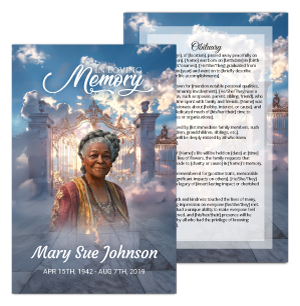 No-Fold Memorial Programs
No-Fold Memorial Programs 4 Page Funeral Programs
4 Page Funeral Programs 8 Page Memorial Programs
8 Page Memorial Programs 12 Page Funeral Programs
12 Page Funeral Programs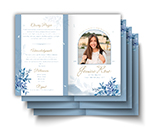 16 Page Funeral Programs
16 Page Funeral Programs 20 Page Funeral Programs
20 Page Funeral Programs Tri-Fold Funeral Programs
Tri-Fold Funeral Programs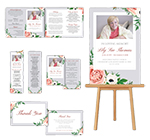 Complete Memorial Packages
Complete Memorial Packages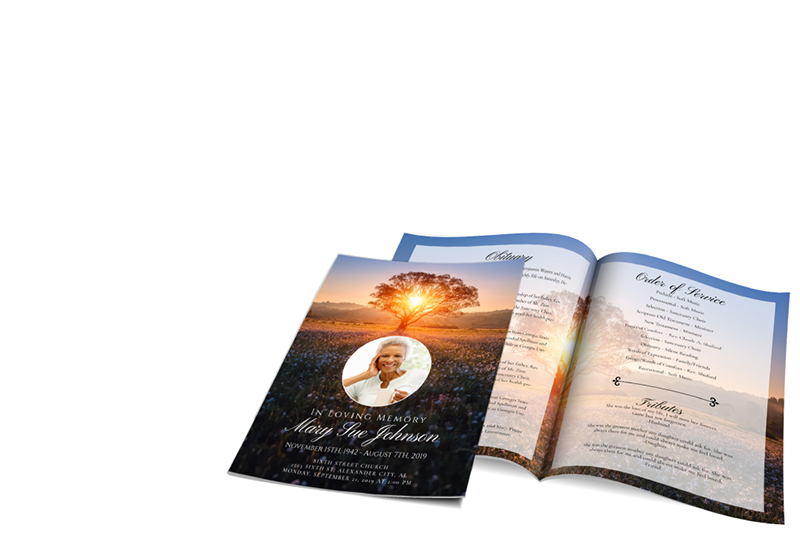
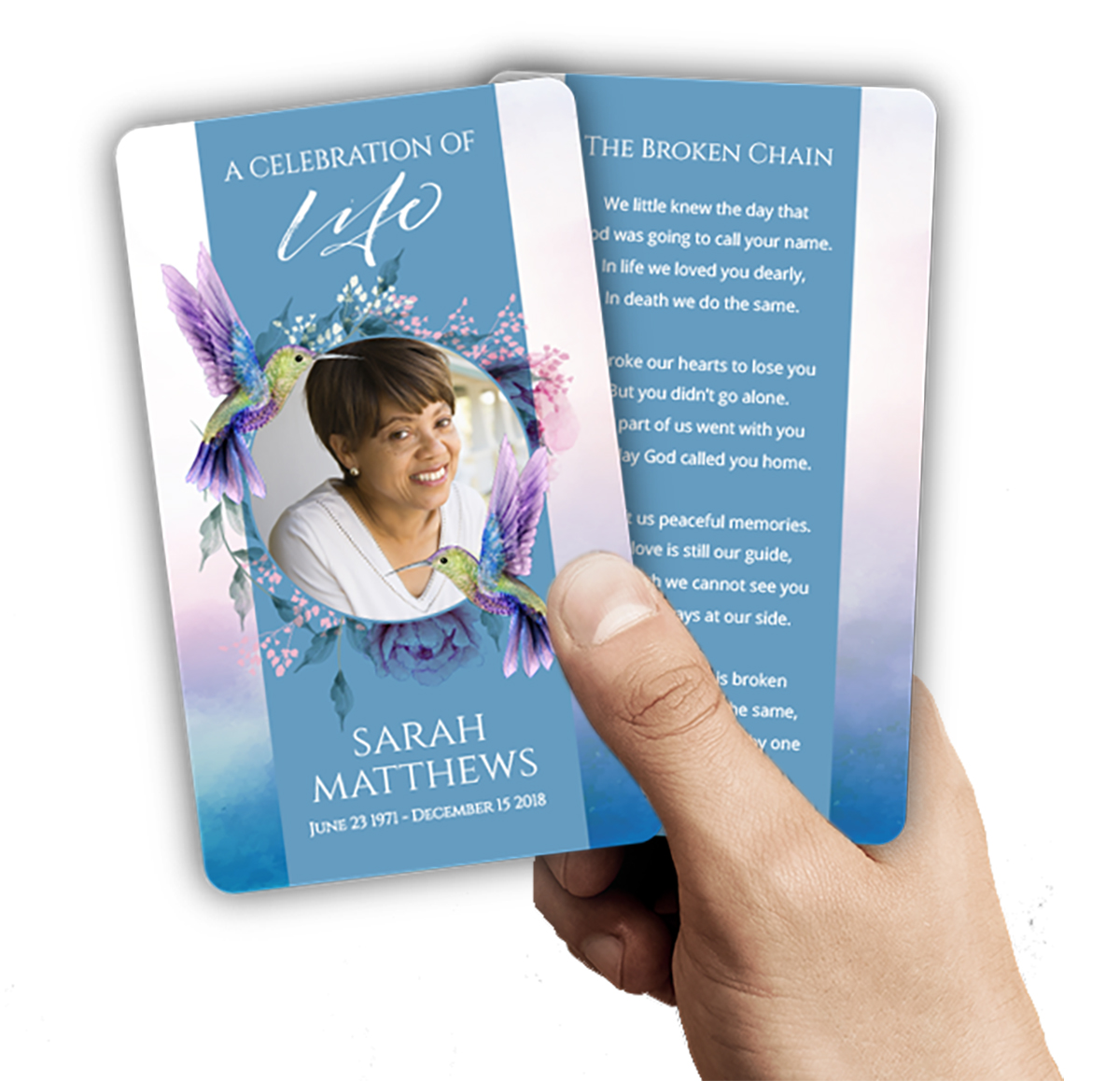 Cards & Bookmarks
Cards & Bookmarks Saint Prayer Cards
Saint Prayer Cards Folded Memorial Cards
Folded Memorial Cards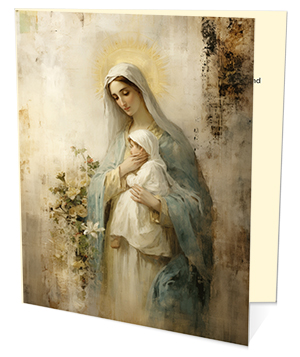 Folded Holy Cards
Folded Holy Cards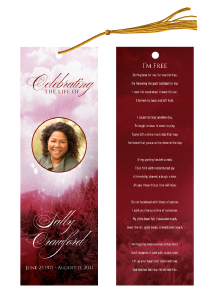 Memorial Bookmarks
Memorial Bookmarks Thank You Cards
Thank You Cards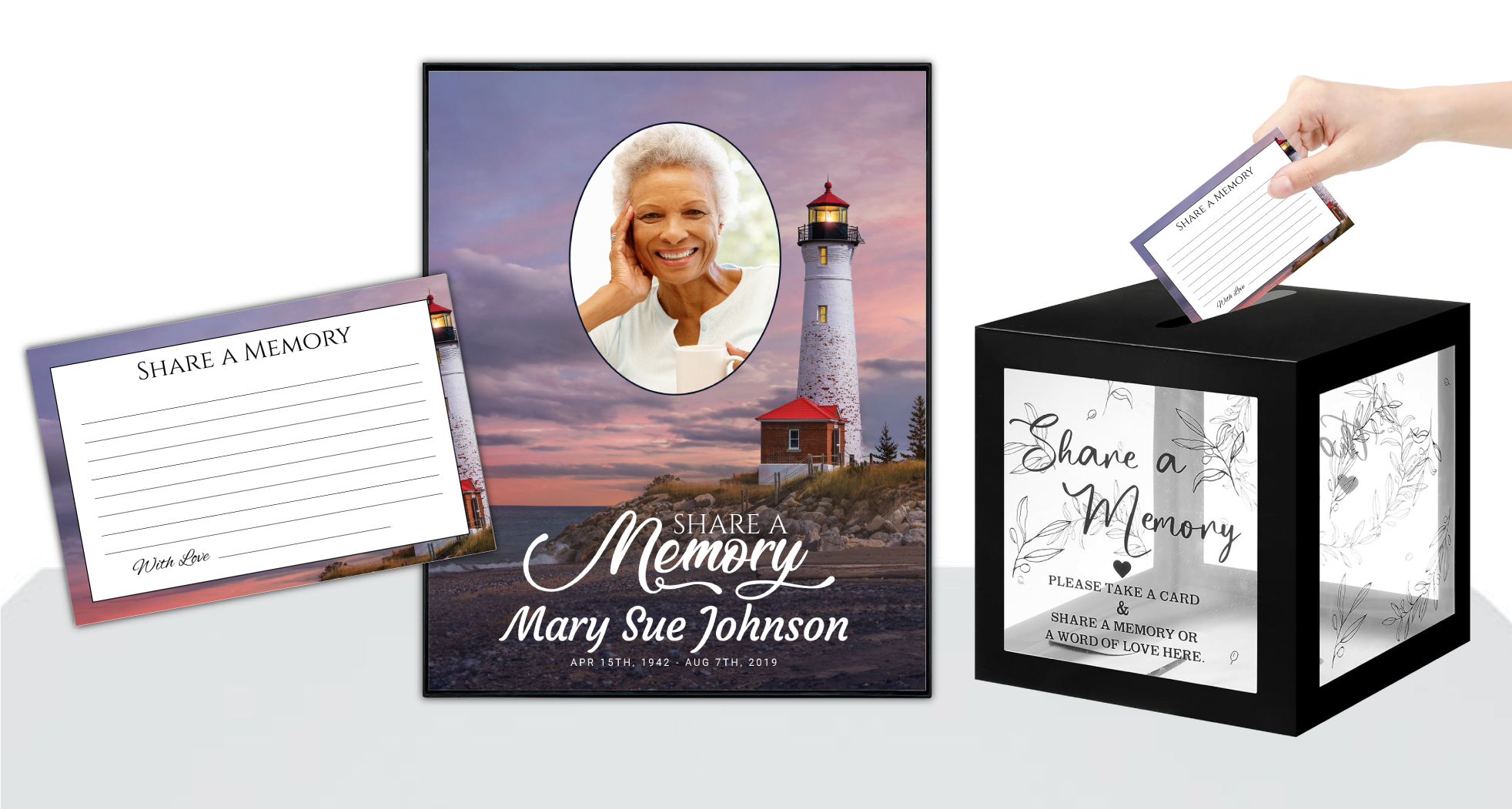 Share-A-Memory Cards
Share-A-Memory Cards Memorial Magnets
Memorial Magnets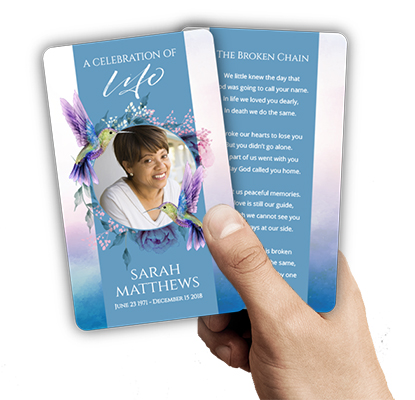
 Memorial Posters
Memorial Posters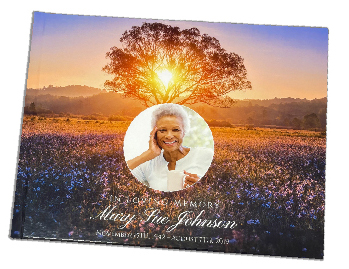 Guest Books
Guest Books Slide Shows
Slide Shows Memorial Fans
Memorial Fans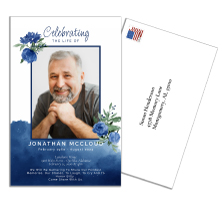 Death Announcements
Death Announcements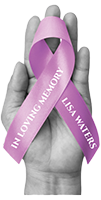 Take Away Keepsakes
Take Away Keepsakes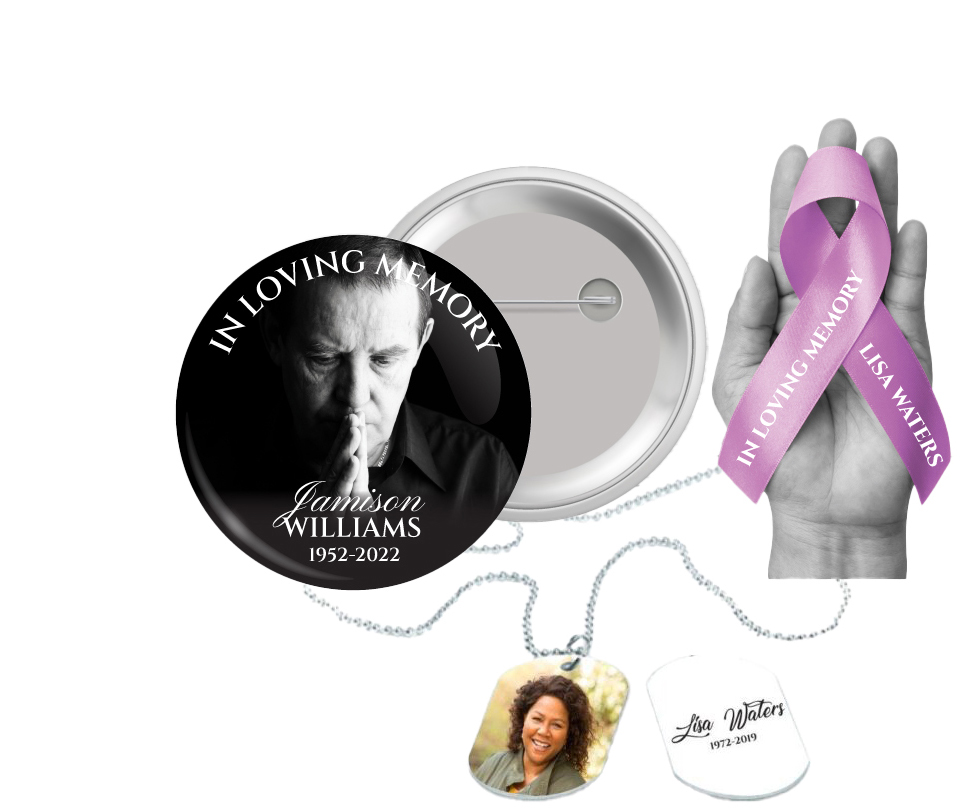
 Church Products
Church Products
